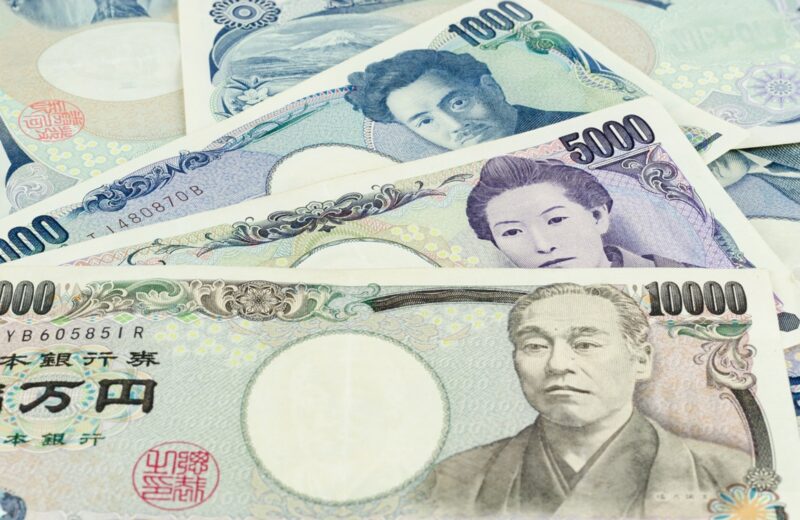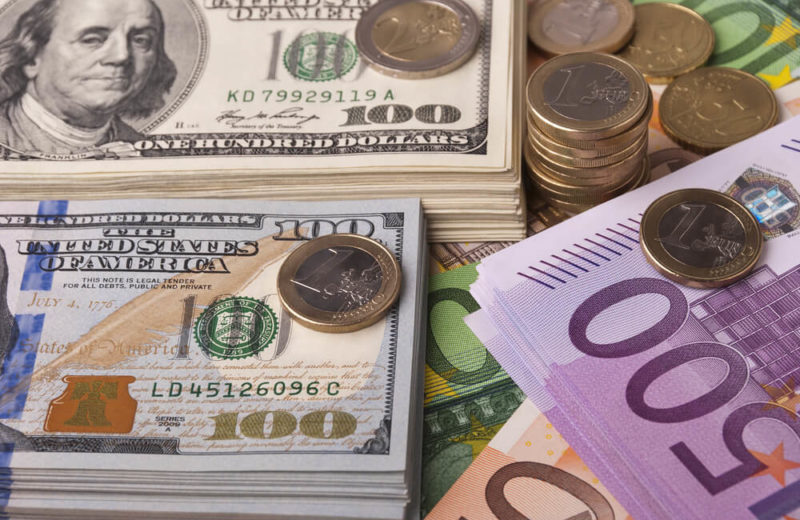Everyone is highlighting the risks posed by the virus. Haruhiko Kuroda is the BOJ Governor. He issued a statement and said that the central bank would take necessary steps for stabilizing financial markets. He thinks that it will help curtail the yen’s earlier gains.
Earlier on Monday, the trade yen rose to as high as 107.00. Nevertheless, to the dollar, the yen last stood little changed at 108.15.
The single currency rose to one-month highs of $1.1074. The euro last stood at $1.1050. It was up 0.3% so far in Asia, after a 1.7% gain last week, the largest in two years.
From unwinding of the so-called euro carry trade, the common currency’s rise stemmed. In the euro carry trade, usually, the speculators borrowed the euro for investing in higher-yielding currencies, market players said.
On Friday, the safe-haven Swiss franc also hit a 1-1/2-year high of 0.9610 francs per the United States dollar, and last stood at 0.9642.
Yen and Others
Last week the Japanese currency had risen to 3.2%. It is the biggest gain since July 2016. The yen’s liquidity and Japan’s current account surplus makes the yen behave like a safe-haven asset.
Shingo Sato is the director of currency trade at MUFG Bank. He said that it felt a bit lie today’s fall in the dollar/yen was a near-term selling climax. Nevertheless, regular dollar buyers, for example, domestic importers, are now on the sidelines. Thus, Sato expects the market to remain volatile.
Reports of more coronavirus cases in the United States supported the euro and other major currencies against the dollar. Thus, the perceived strength of the United States economy was undermined.
New York reported its first case of the illness, while Washington state confirmed a second death from the virus.
Two surveys, in China, showed that China’s factories dealt with a devastating blow in February. It was because the coronavirus epidemic triggered the sharpest contraction in activity on record.
Check the best Broker Reviews
















